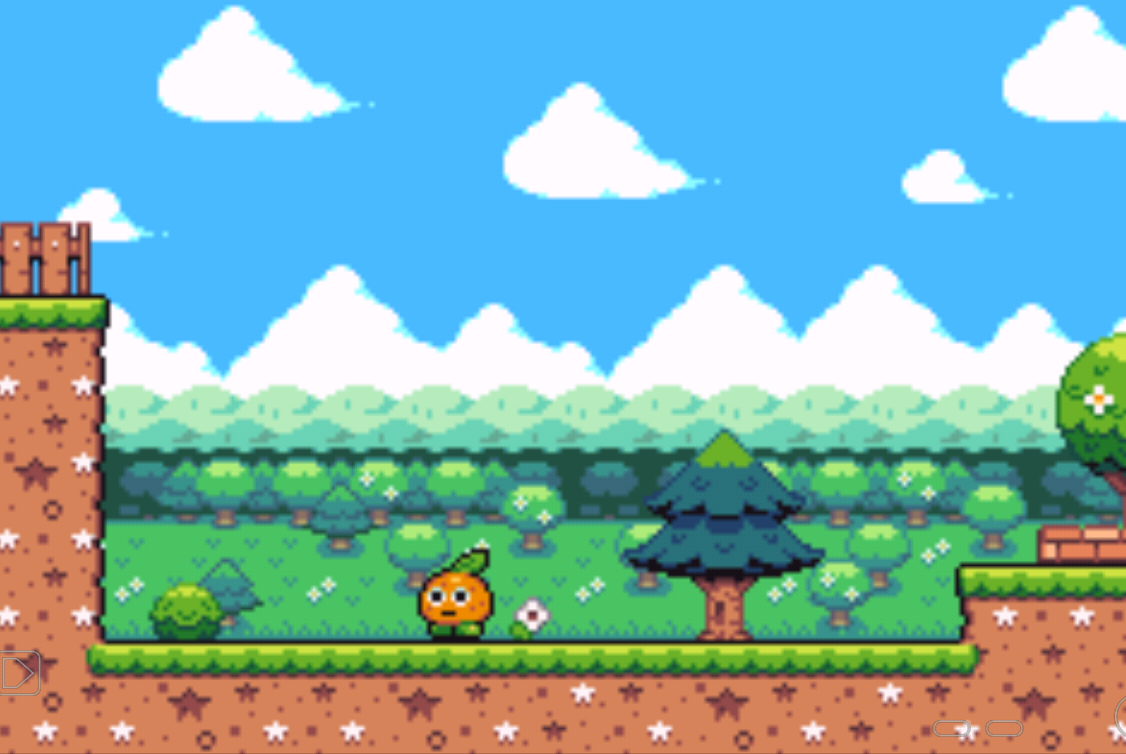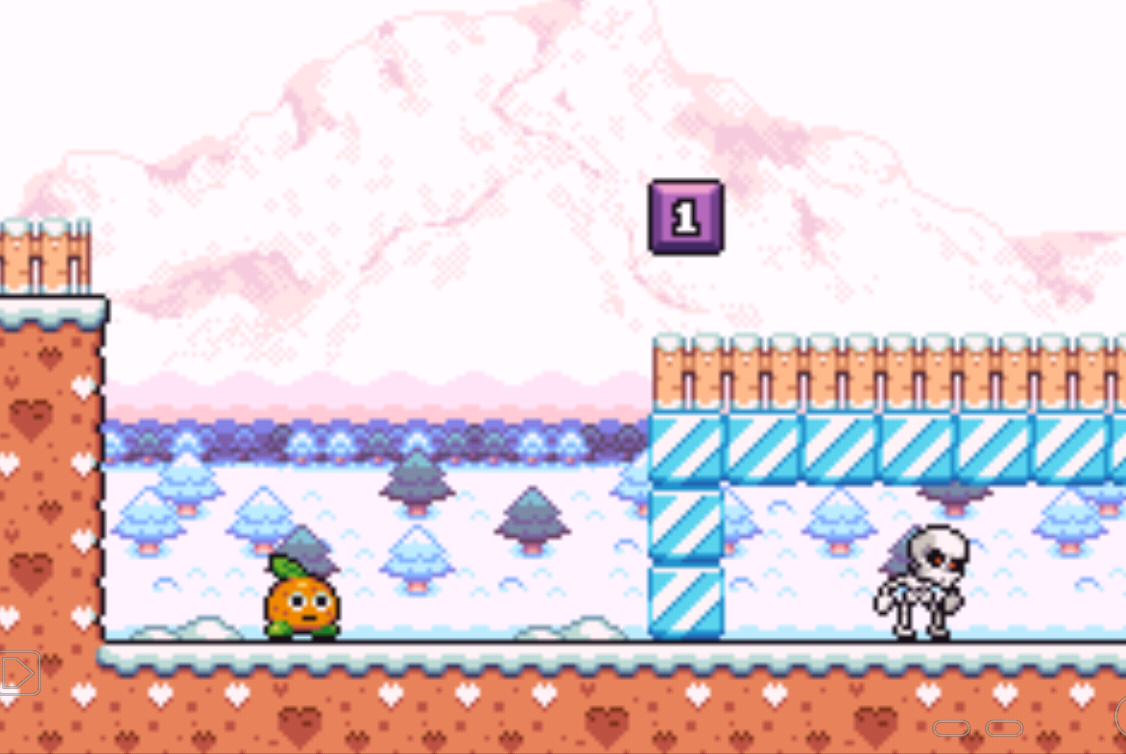The last official Game Boy Advance release was either Samurai Deeper Kyo, released in North America on February 12, 2008, or Final Fantasy 6, released in Japan on November 30, 2006, and then released in American and PAL territories in 2007. Since then, there has been a growing number of homebrew and fan ROM projects that arguably have been better experiences than some official releases.
In the case of Pokémon ROMs, some of these titles have even been more popular than some official releases. Some high-standard games have been released for the Game Boy platforms in recent years. Dragonbourne, Zephry’s Pass, Kien, and Kudzu are just a few. We also have games like Shantae Advance to look forward to (which will also release on other systems such as Nintendo Switch). Incube8 Games is one of the publishers that has been providing fans with these titles. Discrete Orange is a cross between a puzzle and a platforming game. Its style of gameplay is an interesting mix for the platform, which may not be to the taste of everyone.
Unique gameplay style
Discrete Orange is a turn-based puzzle platformer where you play as an Orange. Gameplay involves navigating obstacles, avoiding enemies, and collecting items. Blocks and enemies move every time you move, in a style reminiscent of puzzle or rhythm games like Cadence of Hyrule. You really have to think about where you’ll move next to succeed in passing the obstacle or avoiding the enemy. In later levels, enemies such as skeletons appear. In earlier levels, you focus more on navigating obstacles and getting passed disappearing blocks while you refine your skills. The actual mechanism in which Orange changes positions to land is confusing to me, and I don’t quite understand how it happens. I end up button-mashing, and the possible place to land changes, and I end up passing the obstacle. However, passing obstacles and succeeding is fun, and I can see how addictive Discrete Orange could be if you click with it.
The options when you boot up the game are clear and simple. The title screen depicts a forest or woodland in pixel art. ‘Press A to start’ is written on the screen. New game, continue, and options are the player’s choices. I liked the autosave feature. Clicking continue sends you to the level after your last completed level. This means that you can easily go back to tackling the puzzle section that you were working on. The game also lets you skip to further levels if you are stuck. The game isn’t for everyone, but those who enjoy games like Teslagrad will enjoy it if it clicks with them. It can also be compared to rhythm games like Cadence of Hyrule as movement is turn-based based similarly to Crypt of the NecroDancer (the series from which Cadence of Hyrule was a spin-off).

Graphics, sound, and style
The game uses nice pixel art and is stylised to a certain degree. If your main character is an Orange, then obviously the feel of the game will be abstract rather than realistic. The style is consistent throughout the game, and the pixel art really stands out. While the game could have used a different style, I feel there would have been a high chance of it feeling like a mobile game. The pixel art helps to give the game character. The sound design is also good and goes with the gameplay. If you’re thinking of picking up the game I’d advise you to play the demo as the gameplay is best explained through experiencing it. You could describe the gameplay as an acquired taste. I don’t think that the game is very accessible, as for the first few minutes, you may not know how to pass the obstacles and continue. However, the graphics and sound design are well done, and the experience definitely has personality.
The clear title screen could be seen as the game presentation being concise and clear, or it could be seen as the game having a lack of options and limited game modes. However, the save system, on the other hand, is very convenient and can’t be criticised as it saves automatically and places you on the exact level that you were trying to beat.

Summary
Overall, Discrete Orange is a unique entry into the Game Boy Advance’s library. With gameplay that is a mix of side-scrolling platformer and puzzle game, it might not be for everyone’s taste, but there are those who will try it and get hooked. The charming pixel art and calm sound design, combined with a clean presentation, add to the appeal of this niche title. The player controls an orange and moves it through turn-based actions. Obstacles and enemies need to be overcome, and there are collectibles that tap into the attraction of collecting rare or valuable things. Another GBA game is good news in my opinion. The more support the retro consoles get means the bigger the community will become, and more interesting projects will start development. Discrete Orange is a unique platformer that isn’t for everyone, but some may love it.
The Review
Good









